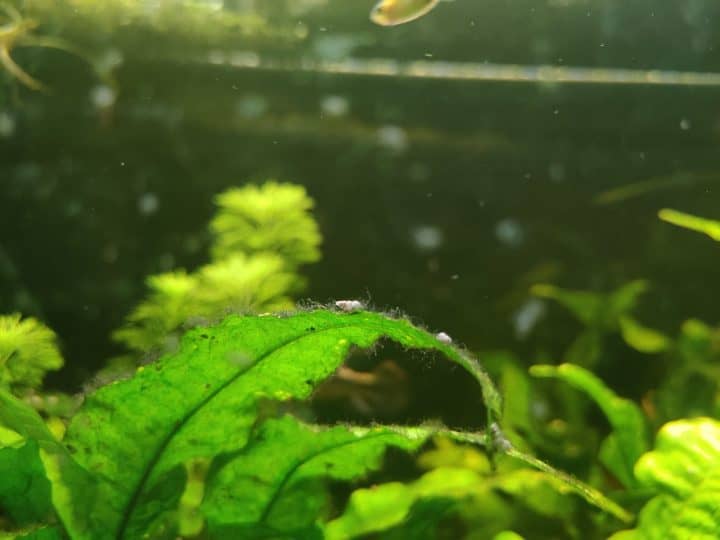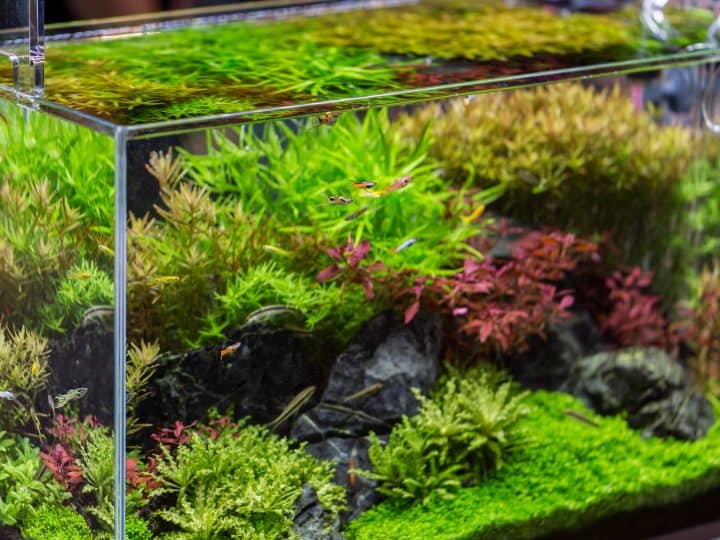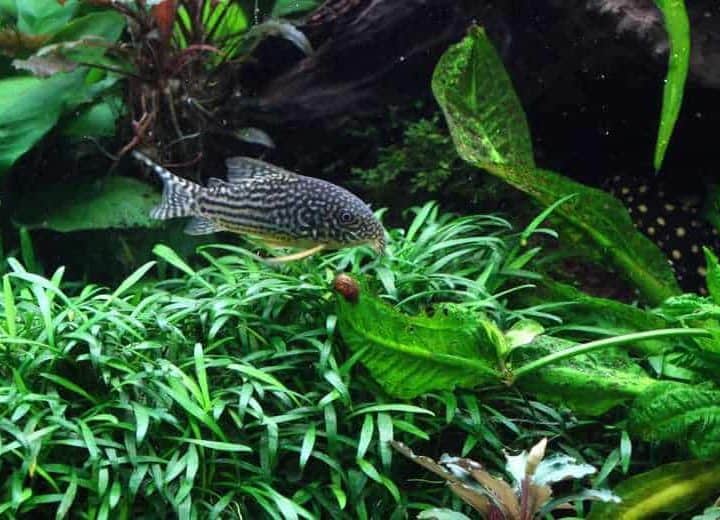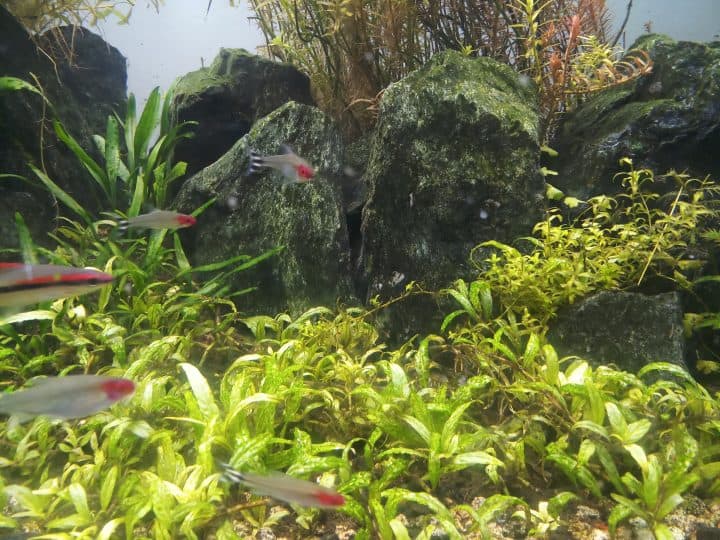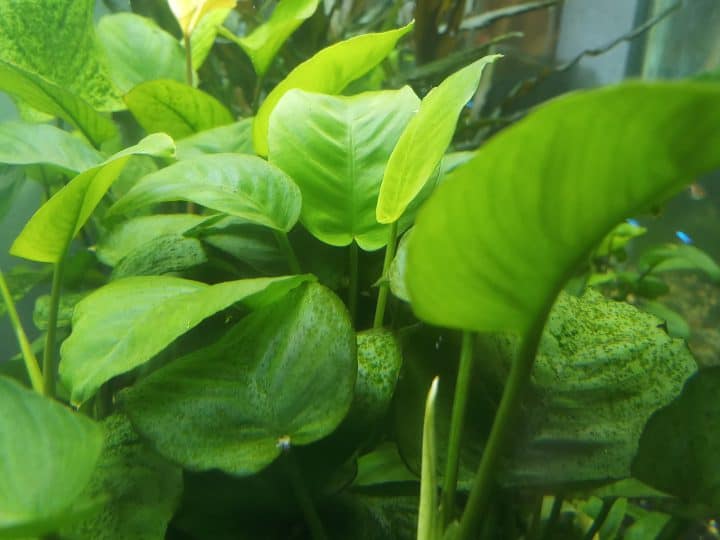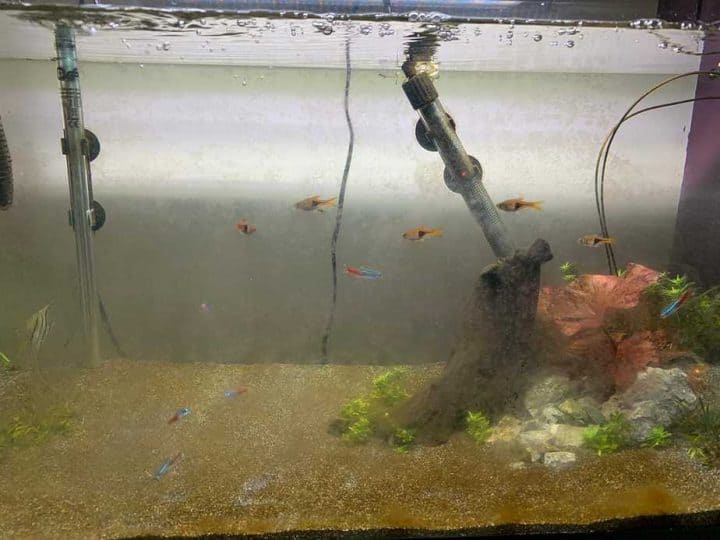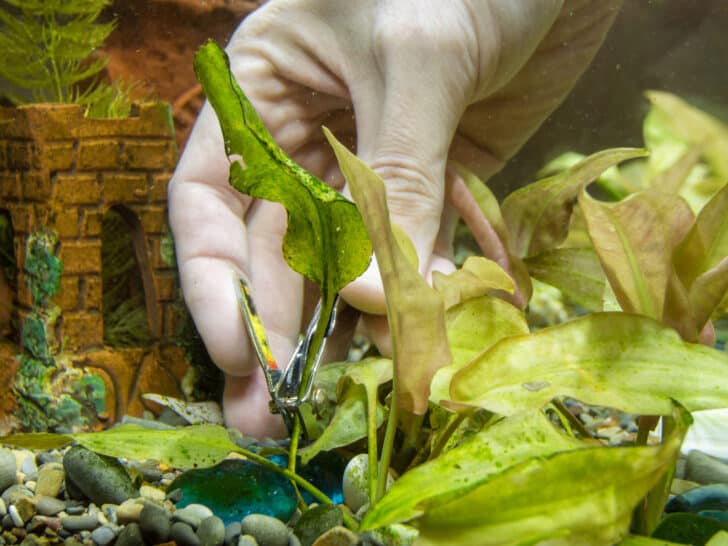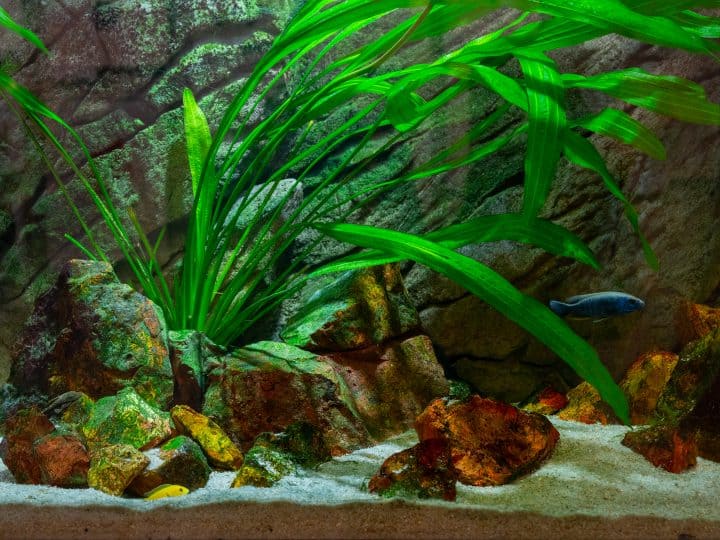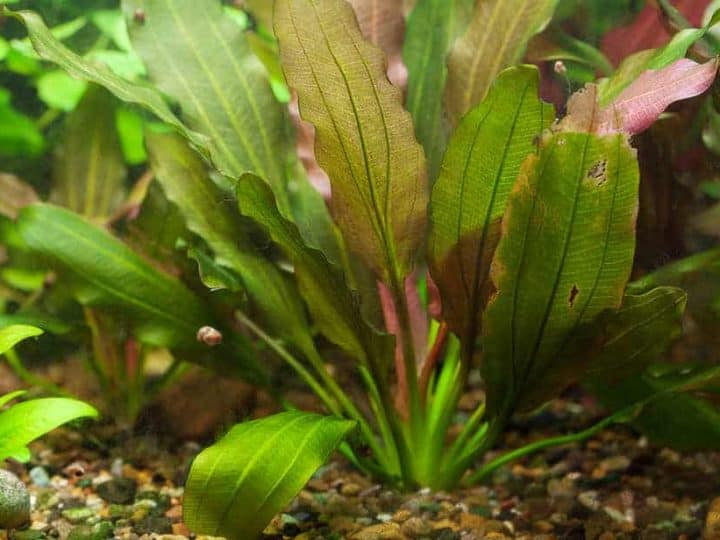Something I’ve always had to deal with are floating aquarium plants. It can be annoying when you want to design your tank the way you want and plants keep escaping. Here’s why aquatic plants keep floating and how to prevent this.
Quick Answer
Aquarium plants may float because they’re lighter than water, because they have a weak root system, or because your fish uprooted them. To stop aquarium plants from floating, weigh them down, tie them down, wrap the plants around driftwood, or keep the aquarium plants in their original pots.
In today’s article, I’m going to talk about all of the main causes of floating aquarium plants, as well as the different ways to fix these issues. By the end of today, you should know exactly what the problem is, how to fix it, and how to prevent it from occurring in the first place.
Why Do Aquarium Plants Keep Floating?
There are many aquarium plants that are by nature designed to be rooted in some sort of substrate. This could be in special aquarium soil, gravel, or sand.
Yes, there are also aquarium plants that are meant to be floating plants and the rest on top of the water surface, but this isn’t really what I’m talking about.
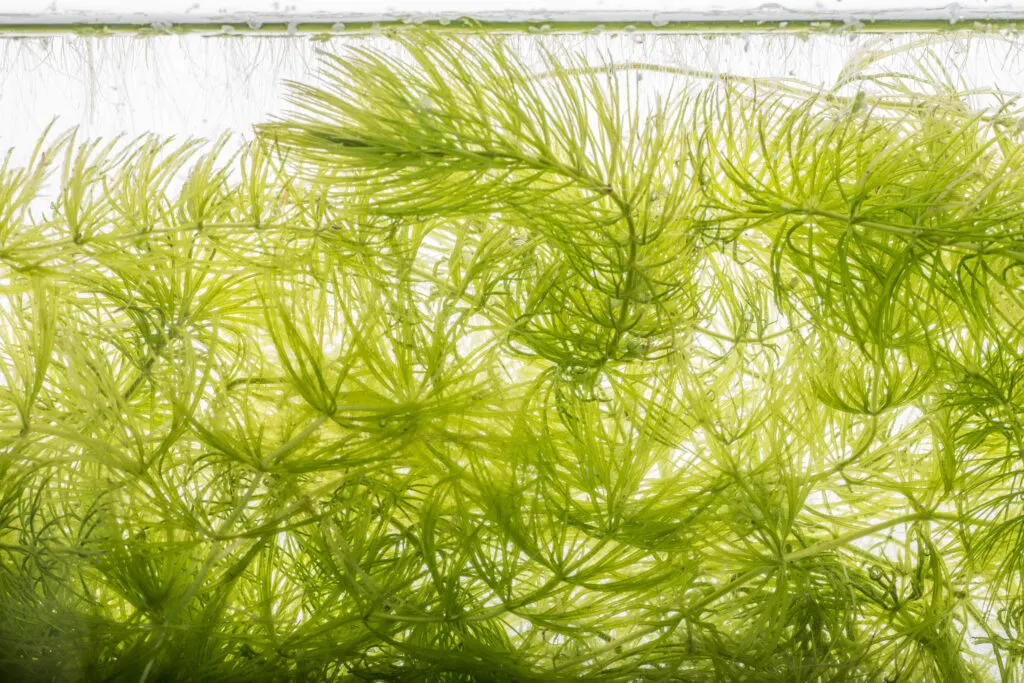
Instead, I’m talking about those aquarium plants that are meant to be rooted, but just won’t stay at the bottom of the tank.
So, why do these aquarium plants keep floating to the top and what are you doing wrong?
Weight Issues
One of the main issues that you’ll be faced with here is that aquarium plants are just fairly lightweight by nature.
They’re usually quite thin and they don’t displace much water, which means that they naturally have a hard time staying submerged.
If you don’t somehow anchor these plants down, they will always keep floating.
In fact, the vast majority of plants that you might want to put in your aquarium are lighter than the water, which means that you need to find a way to keep them at the bottom yourself.
The Root Systems
Combined with the fact that most aquarium plants are too lightweight to stay submerged on their own, many also have relatively weak root systems.
This means that even if you do plant the aquarium plants in the substrate, the roots may not be strong enough to hold the plant down.
The natural buoyancy of the plant may override the holding power of the roots in the substrate, therefore lifting the plant to the top of the tank.
Just like your plant being too light to remain submerged, there are also easy ways to deal with a root system that can’t hold the plants down.
The Tank Inhabitants
Something I’ve often found to be a problem are hungry and curious fish.
There are many fish species that like to dig around in the substrate, and this often results in plants being uprooted.
Your fish may damage the root systems of plants, therefore making them unable to hold themselves down, or they may uproot the plants as a whole.
Either way, this is one of the most difficult issues to deal with, because it usually comes down to either getting rid of that specific plant or getting rid of the fish causing the problems.
I’ve often found that just because I tie a plant down to stop it from floating doesn’t mean that the fish will stop trying to disturb it.
Therefore, if a plant is anchored or tied down, while it may not float to the surface anymore, the fish may still damage it or its root systems.
Water Circulation Issues
Although this issue is fairly rare, it may also be the case that your water pump or filter is creating too much circulation in the tank.
If the water current in the tank is too strong, particularly at the bottom, near the substrate, it may cause the plants to become uprooted.
The water current can quite literally uproot plants from the substrate by pulling on them like wind in a sail.
Ways to Fix Floating Aquarium Plants
Now that we’ve discussed why your aquarium plants keep floating, I can move on to providing you with some of the best methods on how to stop this issue from occurring.
Here are some great ways to anchor aquarium plants.
Use a Weight
If the plant is hardy and resilient, I’ve found that one of the easiest ways to keep them from floating is by using something like a relatively heavy rock to weigh the plants down.
To do this, I simply plant the plant in the substrate, making sure that the roots are covered.
I then take some rocks, pebbles, or anything else of the sort, and place them over where the roots are buried, around the stem of the plant.
Just make sure to be careful, because you don’t want to damage the roots or the stems, particularly if the rock is too heavy.
This is perhaps one of the easiest and cheapest ways to anchor your plants down, but you need to be careful because you can also damage them.
If you have fish or other animals that like to burrow and dig around, they may also move the rocks.
Tie Plants Down
The next best option is to tie the roots of the plant around a weight, like a rock. You can then cover the rock with the substrate to make it look more natural.
You just have to be really careful that you tie the roots lightly, or else you’ll damage the roots of the plant, and the rest of it as well.
This is a really secure method of making sure that plants don’t float, because aquatic animals usually won’t disturb these plants, but you also have to be extremely careful. One wrong step one time the roots around a rock, and you’ll kill the plant.
Wrap Plants Around Aquarium Décor
The aquarium decor, especially driftwood, is a prime contender to attach aquarium plants to.
You can use some kind of rubber band, fishing line, or anything else of this sort to very gently tie aquarium plants to pieces of driftwood, rocks, and other pieces of aquarium decor.
This method allows for your aquarium plants to be easily moved and relocated, it works well in tanks with bare bottoms, and it makes it difficult for creatures to disturb the plants.
However, this method also requires a good deal of skill, and you need to be careful to not damage the roots of the plant.
Keep Plants in Their Pots
Perhaps the easiest way to stop the aquarium plants from floating is to just keep them in their original pots.
The original pots should usually be heavy enough to weigh the plants down.
This is a low maintenance and easy approach, and it also makes the plants easy to move around.
That said, you don’t have much control over how the plants grow, the pot may cause its own issues in the tank, and the size of the pot will restrict the growth of the plant.
Plant in Crevices
If you happen to have some aquarium rocks that have crevices in them, you may also try planting the plants in those crevices.
By putting the plants in those crevices, you give the roots something to hold onto.
Just be careful to not squish the plants down into the crevices too deep or hard, or else you might damage the root system.
Beware of Curious or Hungry Fish
A good idea is to always do some research into the types of fish you have and how they get along with various plants.
Some fish are more prone to digging and rooting and substrate, and some really enjoy eating specific plants.
Knowing how plants and animals get along in your aquarium will allow you to choose the right plants in the first place.
Conclusion
Now that I’ve shared all of my most valuable tips and pieces of knowledge about floating aquarium plants and how to keep them rooted at the bottom, you shouldn’t have any issues anymore. An easy aquarium plant I’d recommend starting with is java moss.

